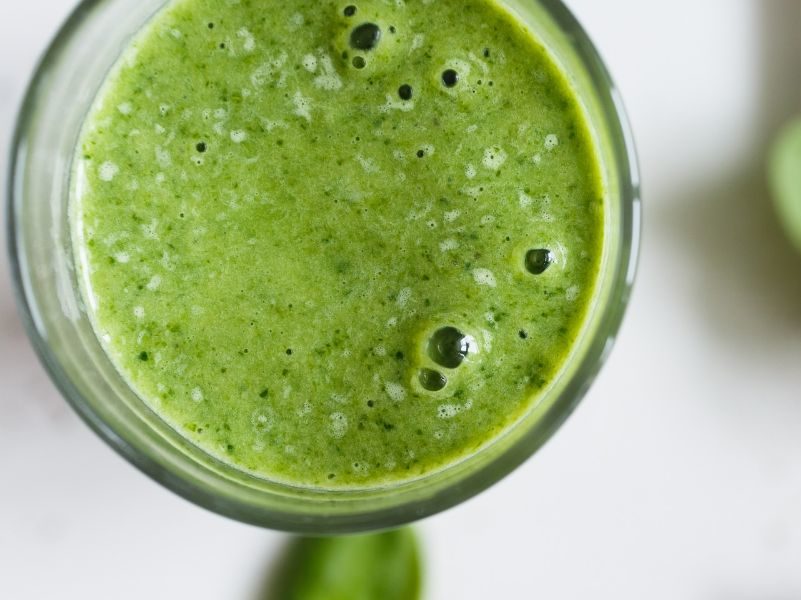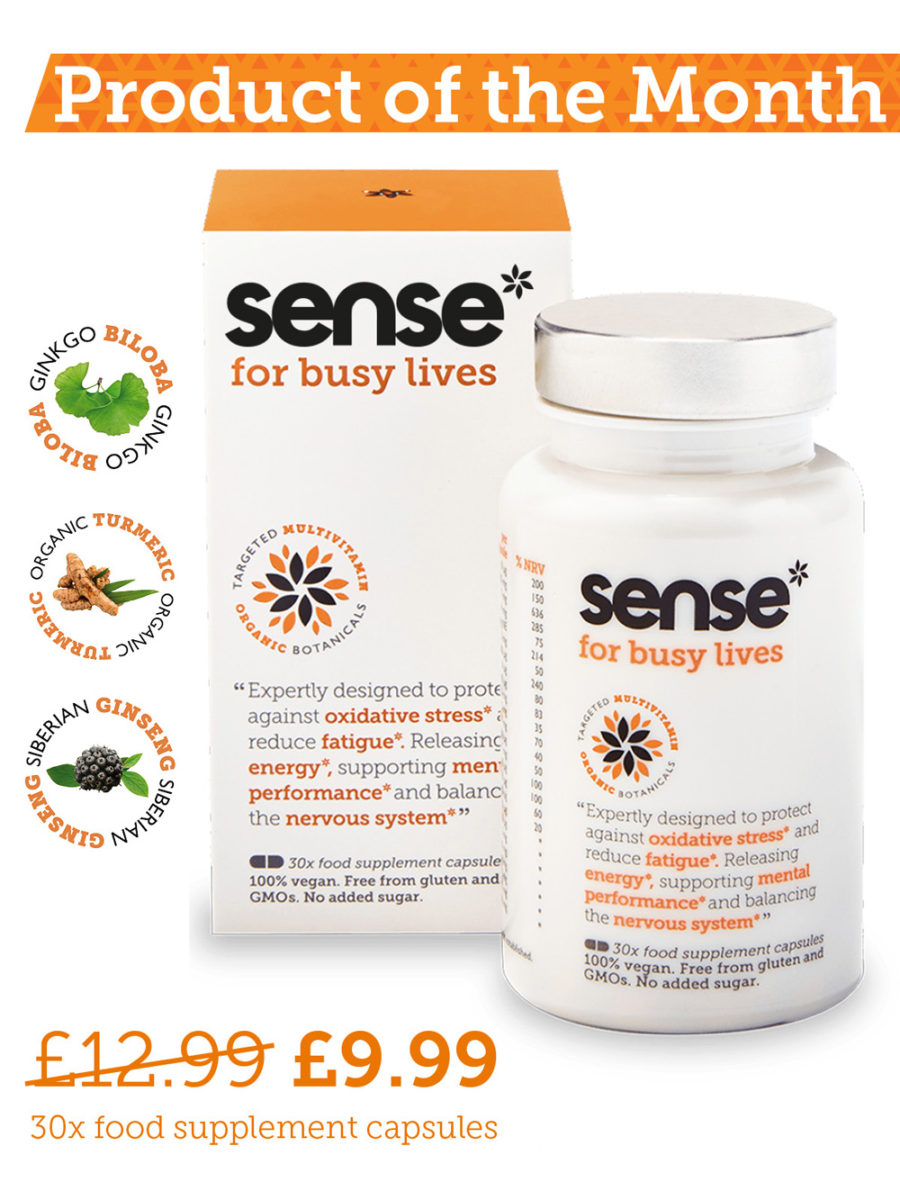
sense* founder on smoothies vs juices – which one?
How many of you know the difference between juices and smoothies? Smoothies vs Juices: how to decide?
How you go about making them? What’s in them? Why are they good for you? Or are they? How I go about making my own? What’s the secret?
So I decided to jump in here with an impromptu guide to juices and smoothies so you can join the revolution if you haven’t already done so.
Why the debate?
But first, why is this debate going on? Why is Smoothies vs Juices: how to decide a thing?
That’s because when you break down food into a liquid so the nutrients and the fibre are in tiny particles, you give your digestive system a helping hand.
Making it a lot easier to digest and absorb those nutrients.
You are taking the pressure off too and giving your insides a breather. They don’t have to work so hard.
Which if you have a chronic illness such as auto-immune conditions is a god send. More on this below.
Top tip when juicing or making a smoothie
Top tip though is to eat a little handful of nuts or seeds with your juice or smoothie so you are crunching something between your teeth. That way your brain knows to activate digestive enzymes and the like to ensure your bodies’ processes are kicked off.
Here is my technical take on Smoothies vs Juices: how to decide:
sense* guide to juices
What do you need?
You can juice by hand but I only recommend this as a one off. It is messy and takes an awfully long time to get a small amount of juice.
So you need a machine. And there are 2 different kinds:
Centrifugal juicer
one that operates by centrifugal force by effectively spinning a filter at high speed and separating the juice and the pulp.
Mashing juicer
The other is by mashing the fruit/veg with a pummelling action that presses the juice out. Some of these are hand driven so my preference would be to go for one of these if you don’t mind exercise simply to save on electricity/be more sustainable.
But if not an option, I would simply chose on basis of reviews about how easy they are to use and clean.
Mine is centrifugal and relatively easy to use but cleaning can be a pain especially if you don’t do it right away. There are a lot of parts too.
Contents of juices
Generally the best things to juice are fruits and veg with a high water content.
My favourites are apples, oranges, carrots, cucumbers, courgettes, celery and pineapple.
You can lift any of these with a squeeze of half lemon or lime juice.
How healthy are they?
I used to juice a lot in fact all the time but it then occurred to be that many of the nutrients are simply left behind including all the fibre.
I was so worried about this, I started using the pulp in dehydrated snacks so I wasn’t wasting any of the fruit and veg I was juicing.
Don’t use the pulp
If you are thinking of trying this, really don’t bother. Despite trying to dress up the pulp with sweet things and make it more palatable, I never managed it.
In fact, I sent some of these snacks to my partner since she was on a week’s residential course in Warwick. She was delighted to receive them but after one bite was spitting them into the bin.
I had to admit (notwithstanding my proud endeavour), they turned out rubbish. Reconstituted juicing pulp was consigned to the dustbin of experience for ever more:)
Depletion of nutrients and fibre
But the removal of pulp presents not only an obvious problem of depletion of nutrients. But by taking out all the fibre (especially in fruits) you are effectively removing the bodies ability to contain the sugar spike.
The body relies on fibre to do this.
Fruit is nearly all sugar so if you are juicing only fruit then you should drink small quantities (200-300ml). Overcome the sugar spike issue by eating fibre with it eg. porridge oats, granola or something like my brunch greens, see recipe.
sense* guide to smoothies
What do you need?
You can go in for some really super duper equipment like a Vitamix blender say c £400 but in reality you don’t need to spend anything like this.
If you are on a budget, old fashioned liquidizers have come a long way or go for a specialist blender like a Nutri-bullet.
All of these are much easier to use than a juicer, much easier to clean and there is not much fruit or veg to throw away either.
Contents of Smoothies
The world is in fact your oyster when it comes to making up your smoothie. If you haven’t done this before you can have great fun testing different combos or trawling the internet for recipes that take your fancy.
I have quite a high tolerance to green smoothies that have maximum nutrition and minimum sugar. But my partner has a bit more of a sweet tooth so I also make really tasty ones too.
My basic ingredients:
As with a juice, carrot, cucumber and courgette. These are always in my fridge.
Sweetners or body:
Add bananas, avocado, apple, pears, kiwi, mango or papaya. The trick though is always to have frozen berries in the freezer so you are never short of an option.
Also if you don’t have something to give body, always have coconut or MCT oil to hand. Couple of tablespoons will give you the saturated fats you need to keep you going.
Extras
Mint, basil, lemon or lime juice, turmeric golden paste, see recipe, coconut/MCT oil, spinach, kale, nut butter or hemp protein, kefir or coconut yogurt.
Liquid
If you have multiple ingredients fresh water or coconut water is good enough but if you like to keep it simple then you can add the liquid base of your choice such as non-dairy milk like oat, almond, coconut, rice etc or perhaps juice of a cucumber or pineapple. Use as much as you need for the consistency you want.
Superfoods
I use all 3 of the sense* superfood supplement powders in my smoothies because they are all designed to work together (sense* for busy lives, sense* for gut health and sense* for joint & bone).
They are also designed to cover all the nutrients for the targeted health need and to be easily absorbed, read more.
But everyone has their favourite individual superfoods, don’t they?
Here are some sitting in my cupboard that I dip into depending on how I am feeling: baobab, maca, spirulina, chlorella, lucuma, cinnamon, ashwaganda and AMLA.
How healthy are smoothies?
I think the above speaks for itself. With a smoothie you get all the nutrients and all the fibre so it is a complete meal. If you throw in the extras it can be an amazingly nutritious experience. Good for your physical and mental well-being if you incorporate it into your routine.
When to pick a juice
Is there a time to pick juices over smoothies? Yes, I think so.
It is when you are ill temporarily or have a chronic illness. When a full meal in the form of a smoothie isn’t wanted.
Also if your digestive system isn’t behaving itself or is in need of a gentle recovery.
Juices can be lighter and give you an immediate nutrient hit provided you temper the sugar hit by adding vegetable juice and some fibre.
Or, there are times when only a fruit juice will do. On the beach on holiday (coming soon hopefully:) or after a walk or run or cycle on a hot day. My tip is not to use fruit juice as a thirst quencher (water is best for this) but as a treat to be savoured.
——
So there you have it, the sense* Smoothies vs Juices: how to decide guide.
Hope you enjoy your time In the Kitchen with sense*. Remember we have lots of great recipe ideas on the website including lots of smoothies.
There is also a free recipe booklet winging its way to all new sense* customers after purchase (and existing customers just need to request by replying to this message).
Best wishes
Jonathan,
Ceo & founder
sense*
#healthsense #makessense

